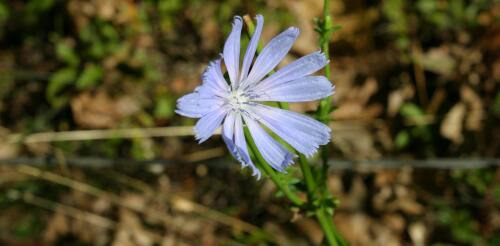Research
Perched on sea-ice off Canada’s northern coast, parka-clad scientists watch saltwater pump out over the frozen ocean. Their goal? To slow global warming. As sea-ice vanishes, the dark ocean surface can absorb more of the Sun’s energy, which accelerates warming. So the researchers want to thicken it to stop it melting away. Welcome to the wackier side of geoengineering – deliberately intervening in the Earth’s climate system to try to counteract the damage we have done to it. Geoengineering includes more established efforts to lock up planet-warming gases, such as planting more trees and burying carbon underground. But more experimental measures aim to go a step further, seeking to reduce the energy absorbed by the Earth. Many scientists are strongly opposed, warning that such attempts distract from the critical step of cutting carbon emissions and risk doing more harm than good. But a small number of advocates claim the...
Startling new insights into the catastrophic impact of one of the most devastating events in Earth’s history have been revealed by a team led by researchers with the USC Dornsife College of Letters, Arts and Sciences. More than deepening our understanding of the end-Triassic mass extinction, their findings offer critical lessons for today’s environmental challenges. About 200 million years ago, Earth experienced its fourth major mass extinction event. Triggered by a dramatic rise in greenhouse gases due to volcanic activity, the event led to rapid global warming and a significant shift in the planet’s biosphere, ending the Triassic period and launching the Jurassic. Many scientists now believe Earth is in the midst of another mass extinction, driven in large part by similar climate changes. Earth scientists at USC Dornsife took a unique approach to analyzing the impact of this extinction event on both ocean and land ecosystems, using a novel...
Henry David Thoreau, the environmental philosopher and author of “Walden”, was a keen observer of seasonal change. In 1862, for example, he wrote in the Atlantic Monthly: “October is the month of painted leaves. Their rich glow now flashes round the world. As fruits and leaves and the day itself acquire a bright tint just before they fall, so the year near its setting. October is its sunset sky; November the later twilight.” Over the past 20 years, researchers have used Thoreau’s observations of plant flowering, leaf emergence on trees and shrubs, bird migration and spring ice melt on Walden Pond to study how these events have changed since the 1850s, largely in response to climate change. Ecologists have also pulled data for modern-day research from museum specimens, journals of hunting guides and bird and butterfly club reports. Comparisons with historical records have provided insights into shifts in the natural world caused by climate chang...


